|
ID |
Nickname |
Country / City |
Languages |
Taxonomies |
Comment |
Project / Group |
Map |
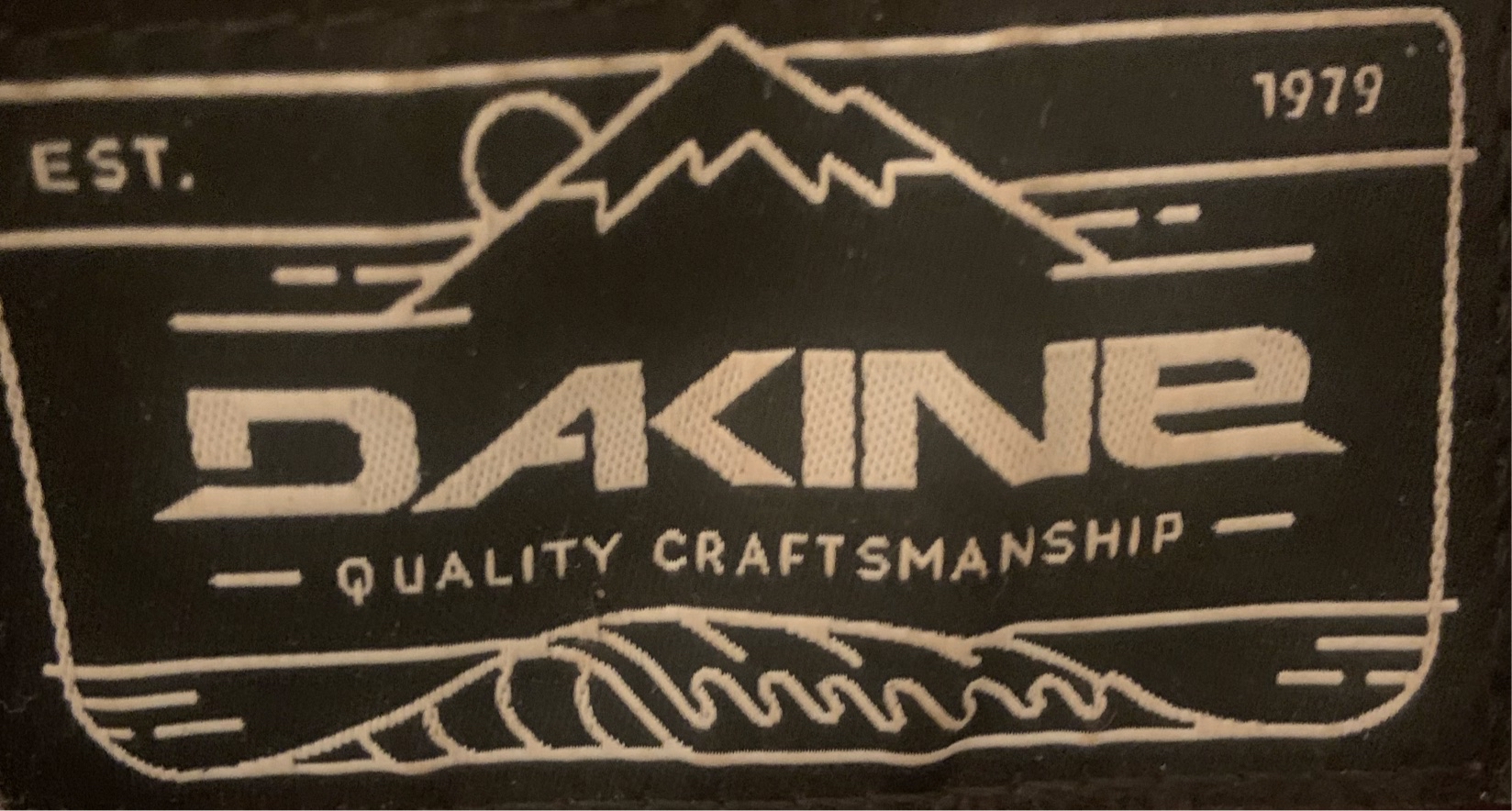
|
44137
|
|
United States
Kaneohe
|
|
|
LM. Ko’olaupoko district. DAKINE. Can be used in many ways like when something cannot come to mind on what to say. (This one is being used as a logo) intended audience locals.
|
Multilingual Hawaiʻi
|
|
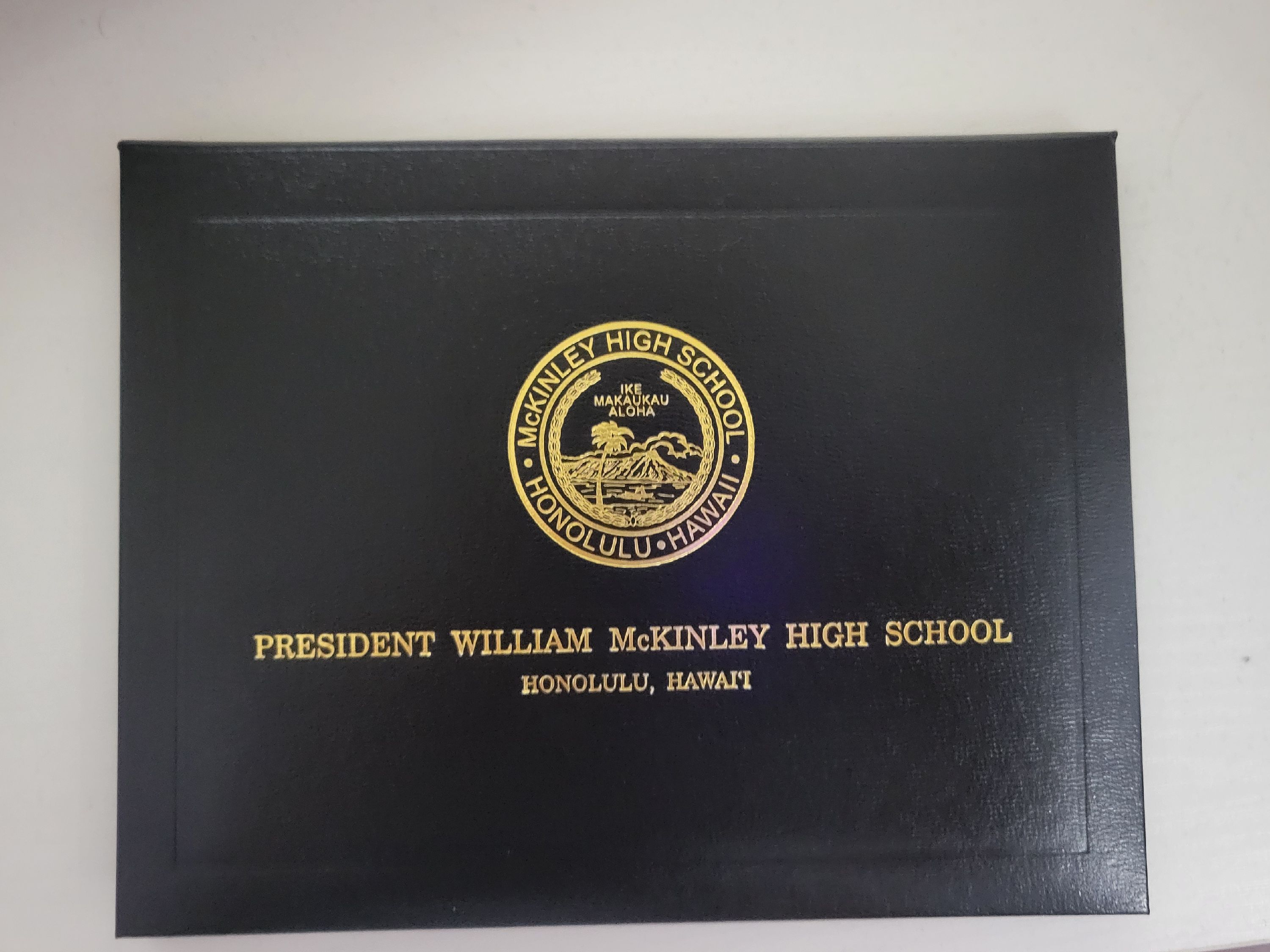
|
44140
|
|
United States
Honolulu
|
|
|
N.L, This is a picture of the Mckinley Highschool diploma. It contains the Hawaiian words Ike Makaukau Aloha which is Mckinleys highschools motto.
|
Multilingual Hawaiʻi
|
|
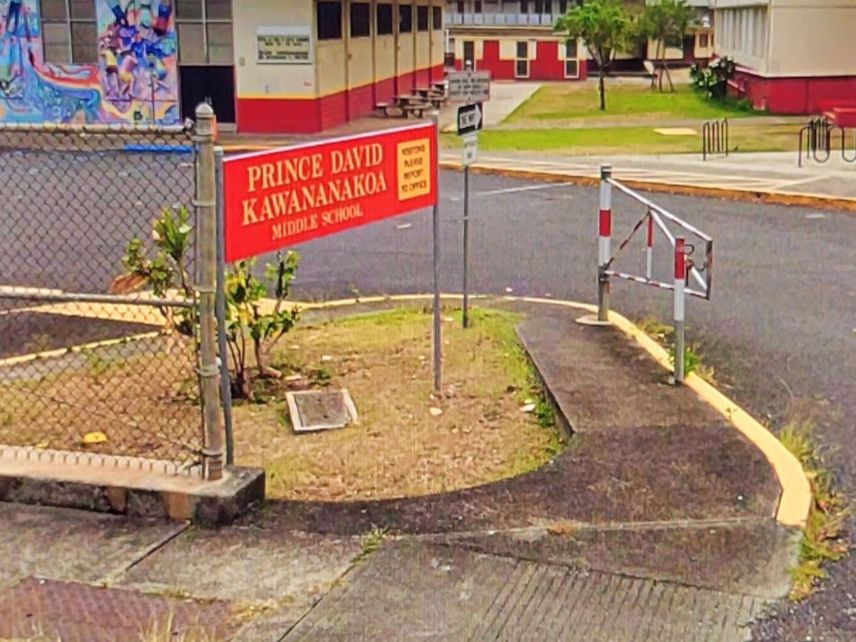
|
44141
|
|
United States
Honolulu
|
|
|
N.L, This photo is of the sign for Kawananakoa middle school. It has the Hawaiian word Kawananakoa who was one of the 5 founders of the Democratic party of Hawaii.
|
Multilingual Hawaiʻi
|
|
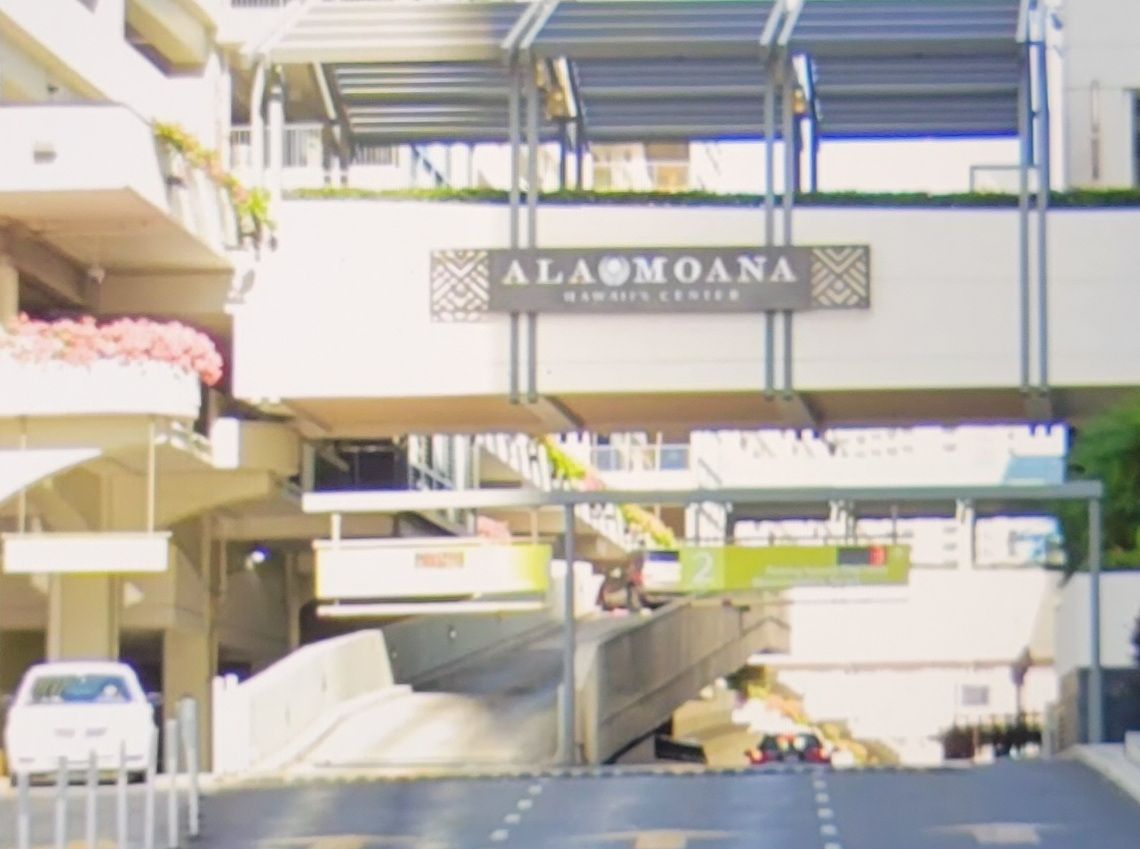
|
44142
|
|
United States
Honolulu
|
|
|
N.L, This is a picture of the sign for ala Moana. Ala Moana in Hawaiian means path to the sea.
|
Multilingual Hawaiʻi
|
|
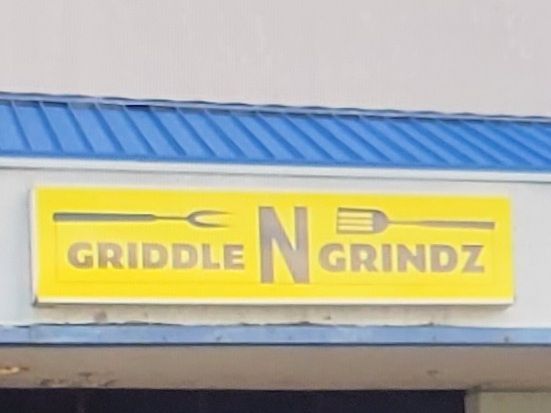
|
44143
|
|
United States
Honolulu
|
|
|
N.L Grinz is pidgin for food
|
Multilingual Hawaiʻi
|
|
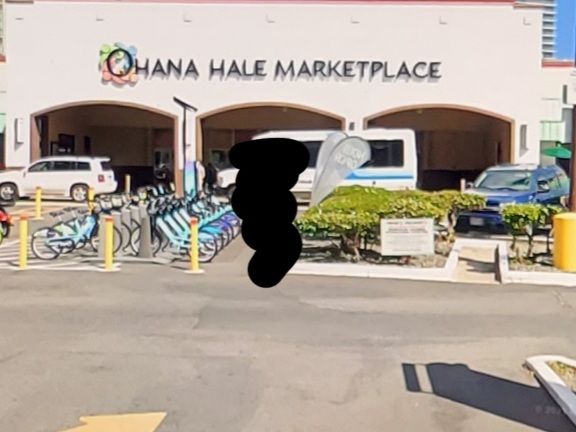
|
44144
|
|
United States
Honolulu
|
|
|
N.L Ohana is Hawaiian for family
|
Multilingual Hawaiʻi
|
|

|
44145
|
|
United States
Honolulu
|
|
|
N.L, Ono is pidgin for delicious
|
Multilingual Hawaiʻi
|
|

|
44146
|
|
United States
Honolulu
|
|
|
N.L, Shaka is a pidgin word for a gesture where you close your fist and stick out the thumb and pinky.
|
Multilingual Hawaiʻi
|
|

|
44147
|
|
United States
Honolulu
|
|
|
N.L, Howzit is pidgin for how is it
|
Multilingual Hawaiʻi
|
|
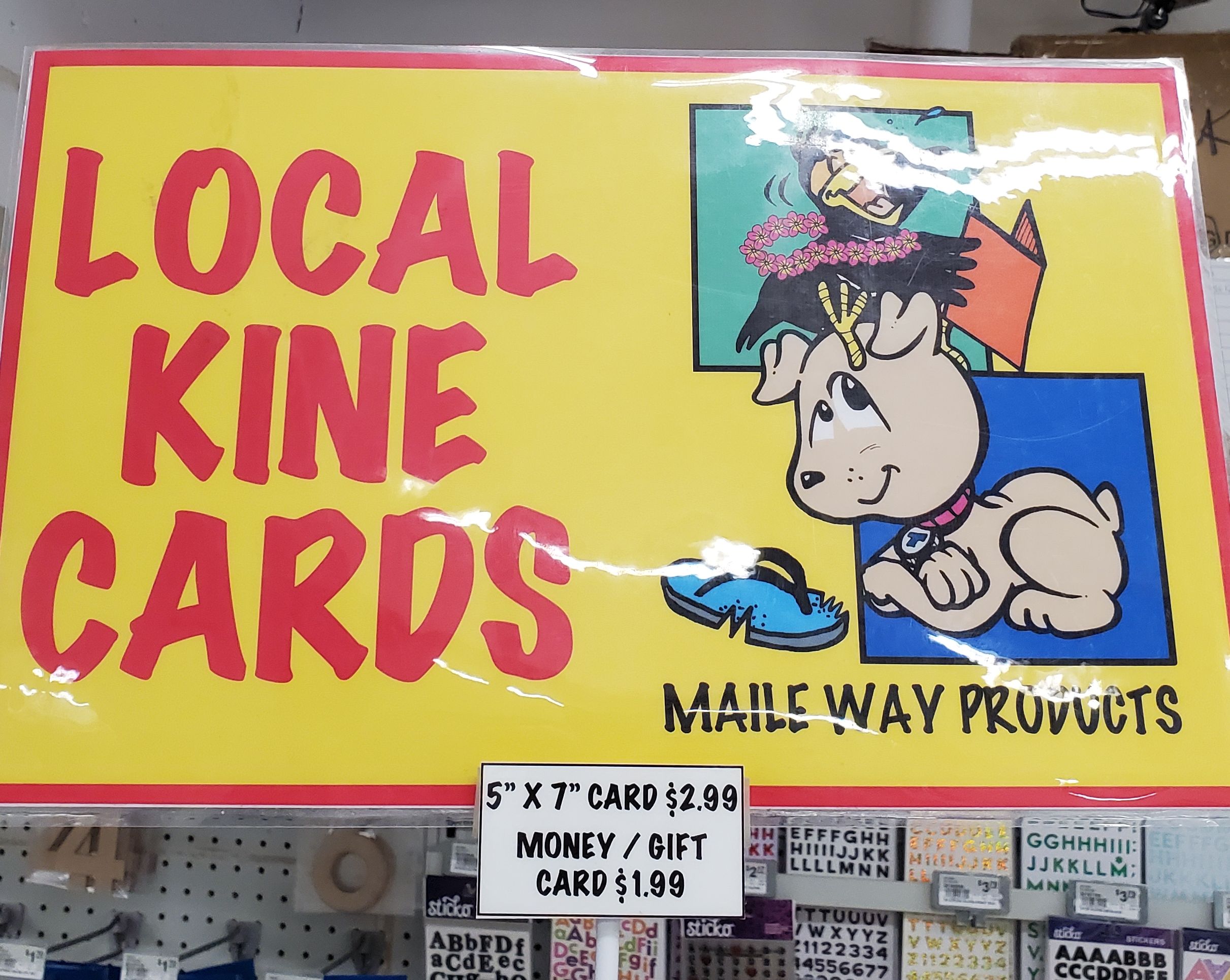
|
44149
|
|
United States
Honolulu
|
|
|
Picture took in Ben Franklin Crafts
|
Multilingual Hawaiʻi
|
|
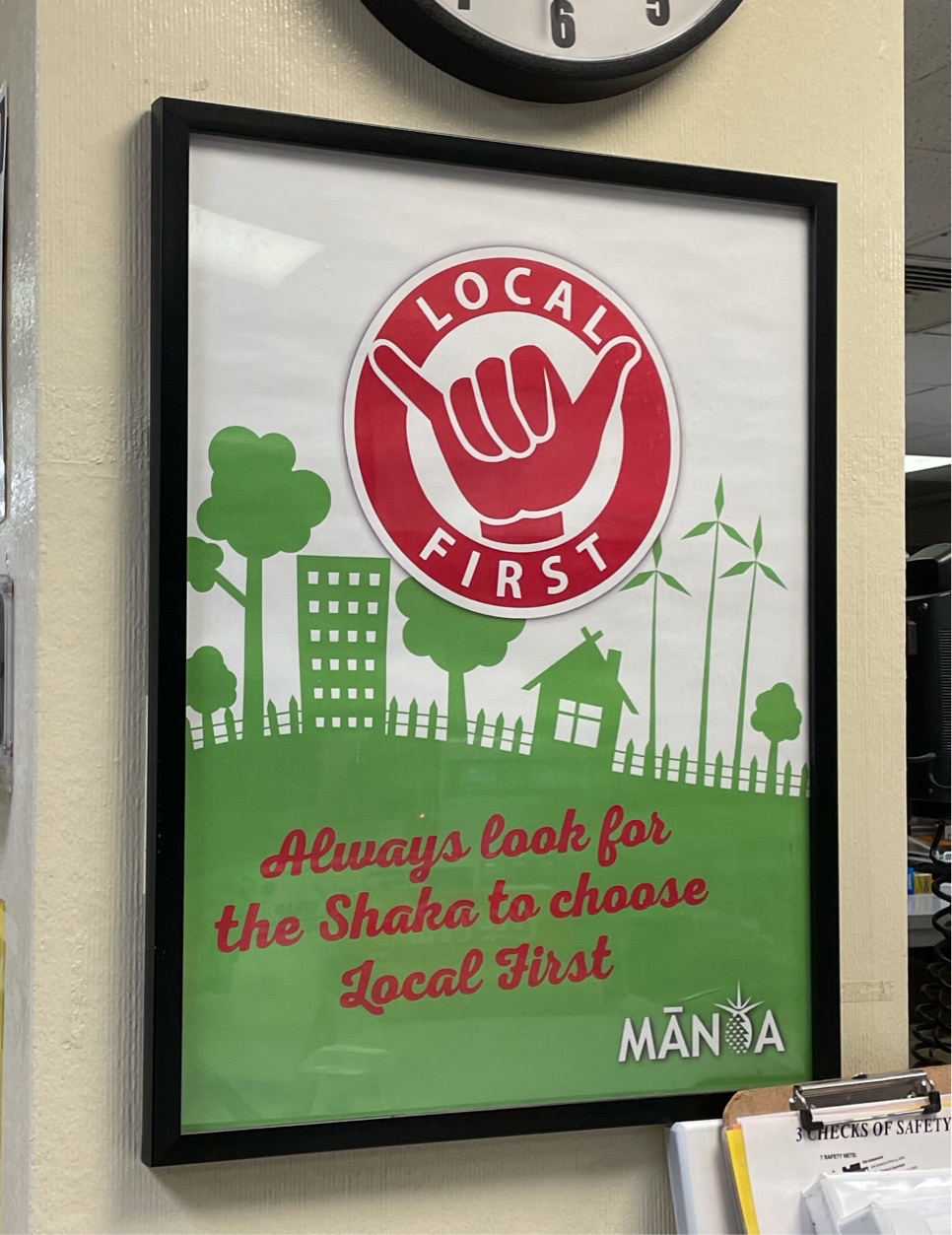
|
45869
|
|
United States
Honolulu
|
|
|
(SP) (Check in #2) This a framed semi-permanent poster visible on entrance to a student market/convenience store domain. The majority of this poster is in English, likely so that students from anywhere, even the mainland or other countries, can understand its main message easily. However, the word “Shaka” and the Shaka hand sign take up large section of the post, encouraging shoppers to look for the Shaka to know you’re buying from local sources. An iconic Pidgin word/symbol is used here to drive home the fact that circulating money back to Locals is very important, and this message would have been less impactful if they had used a non-Pidgin word, since Pidgin is often considered “the language of Locals”.
|
Multilingual Hawaiʻi
|
|

|
45870
|
|
United States
Honolulu
|
|
|
(SP)(Check in #2) this is a impermanent paper sign in the restaurant domain that contains English, Hawaiian, and Pidgin, but I am using it as a Pidgin submission. This sign is likely directed towards Locals or residents (the sign directly mentions kama'āina) who are more aware of current events in Hawai'i and want to support other Locals buy shopping locally; however, the majority of this sign is still in English so that it is as easy as possible for anyone to read it, no matter where they’re from. Hawaiian, and especially Pidgin (“da Shaka”) is used here to drive home the important of shopping Local and connect it more with the Local community, although in this case one could argue it has become more of a branding choice to appeal to readers’ desire to help Locals and Hawai'i’s economy.
|
Multilingual Hawaiʻi
|
|

|
45871
|
|
United States
Haleiwa
|
|
|
(SP) (Check in #2) this is a photo of a semi-permanent bumper sticker (taken with permission) in the domain of transportation. It’s main audience is Locals and speakers of Pidgin because “mo bettah” is likely not a phrase that non-Locals will be too familiar with. It is likely meant to show off the car owner’s pride of being from/having visited Molokai and desire to express Molokai’s excellence/superiority over other islands
|
Multilingual Hawaiʻi
|
|

|
45960
|
|
United States
Honolulu
|
|
|
(SP)(Check in #2) This Pidgin word was found on plastic bags in a student market (education/restaurant domain), it is being used here likely to catch the attention of Locals or residents who are familiar with Hawaiian cuisine and may be craving manapua. It is the largest thing on the packaging which draws your eyes towards it, making the rest of the English words on the package seem less significant and important.
|
Multilingual Hawaiʻi
|
|

|
45961
|
|
United States
Honolulu
|
|
|
(SP) (Check in #2) This is a photo of a non-permanent painted phrase “E komo mai” on the outside of a student market (educational/restaurant domain). It is mostly directed towards Locals or those who are more familiar with the Hawaiian language. It’s painted in big bright “welcome”ing letters to help the students feel more happy and at home. It is also likely meant to connect the market, and in turn the school, to Hawai'i and make it feel more Local, especially when combined with iconic Hawaiian things such as a wave and pua melia.
|
Multilingual Hawaiʻi
|
|
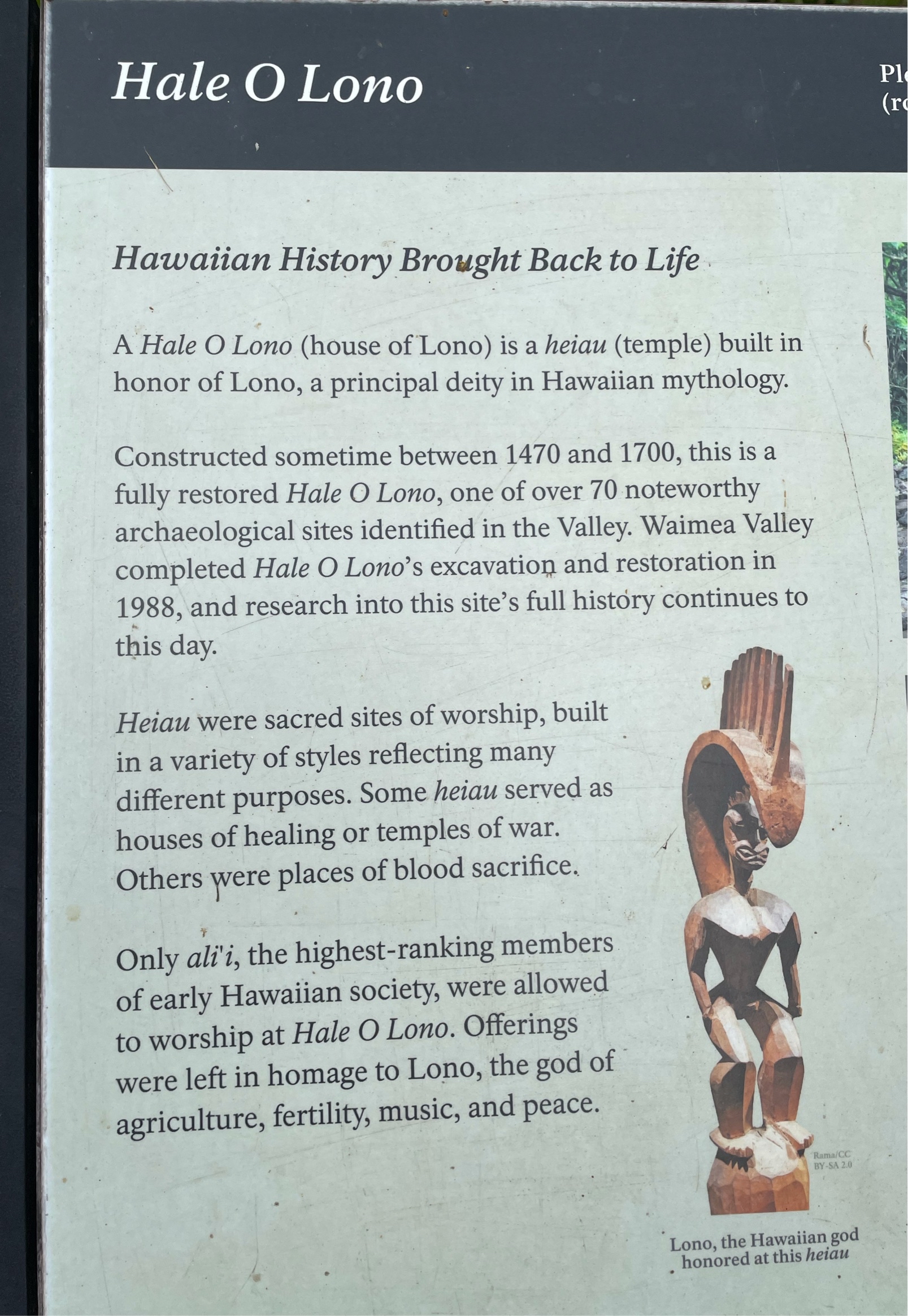
|
45963
|
|
United States
Haleiwa
|
|
|
(SP) (Check in #2) This is a permanent la informational sign found in an important park and cultural site on Oahu. The majority of the sign is written in English since this park is a population tourist location, so they want the sign to be as readable as possible for a wide range of tourists. However, many Hawaiian words are added alongside their translation to educate tourists and help them become more familiar with less known Hawaiian words that are especially important at this historical and cultural site.
|
Multilingual Hawaiʻi
|
|
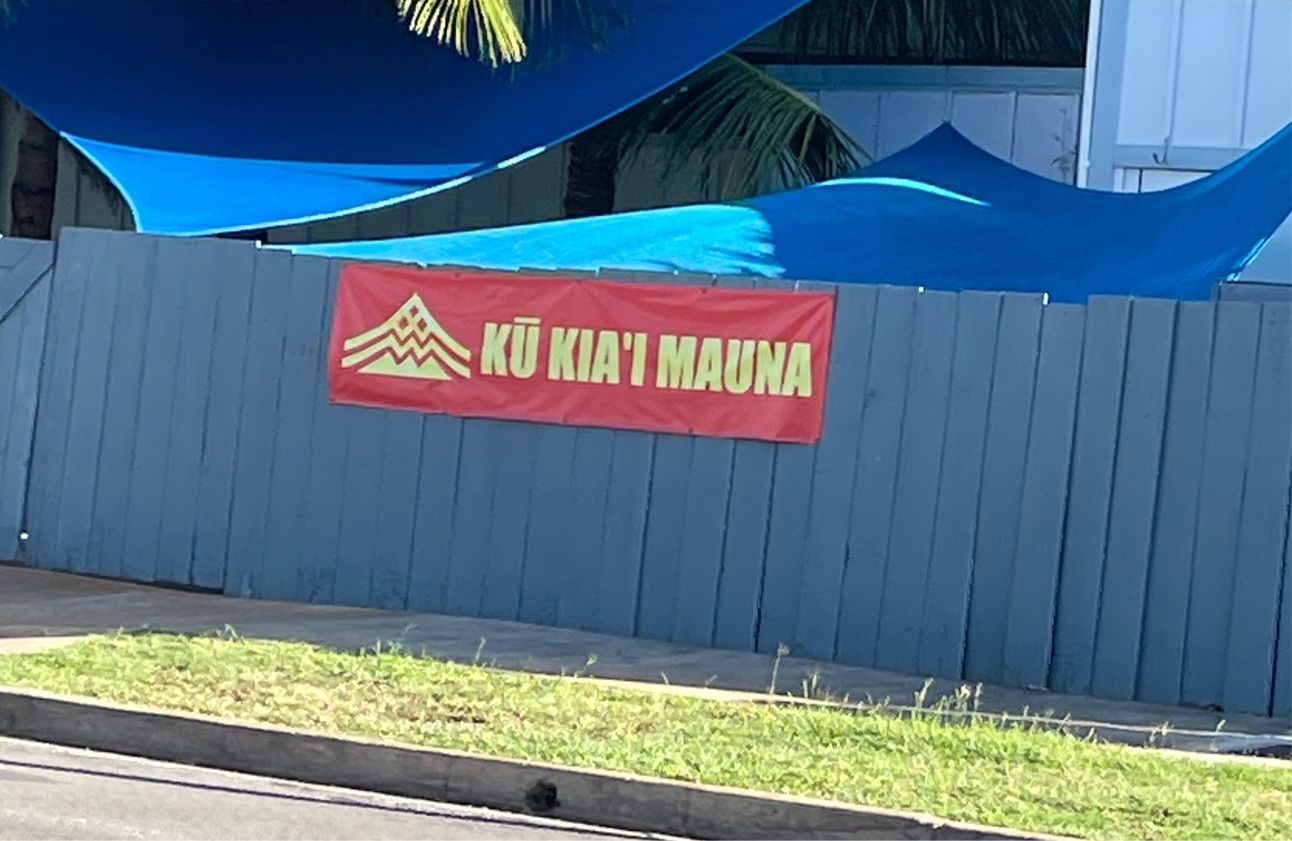
|
45964
|
|
United States
Honolulu
|
|
|
(SP) (Check in #2) This is a semi permanent vinyl banner seen outside a resident’s home (residential domain). It says “kū kia'i mauna” or “guardians of the mountain”, which is a slogan associated with the movement against the construction of an observatory on Mauna Kea. This is sign is likely directed towards Locals or residents who are familiar with current events in Hawai'i. Bright red and yellow colors are used to emphasize the issue, express their anger, and associate itself with Hawai'i’s history.
|
Multilingual Hawaiʻi
|
|

|
46032
|
|
ʻAmelika Hui Pū ʻIa
Honolulu
|
|
|
HK - This is a little product that I found in Foodland near the tourist gear/touristy items that they would buy section. This is one of their perfumes/mists products that I found. I never tried it personally myself but I can get the gist of the mist. With Heʻohu ke aloha” it can be translated as “love is like the mist.” I think that this might be a stretch of meaning, but Hawaiian can have multiple meanings and metaphors. Breaking the Hawaiian down would be, “a mist the love” although this is a rough translation. And not a perfect English, Hawaiian canʻt be translated directly to English because it wonʻt work.
|
Multilingual Hawaiʻi
|
|

|
45962
|
|
United States
Honolulu
|
|
|
(SP) (Check in #2) This is a non permanent installation of informational posters written completely in Hawaiian, found in a university library (education domain/also public health domain?). This is intended mostly for speakers of Hawaiian, although the accompanying graphics helps get the point across even for speakers of other languages. This is the first time I’ve seen important public health information provided purely in Hawaiian, so one could say that these posters were made as a sort of statement protesting the idea that only English is appropriate for official announcements like public health, since Hawaiian is an official language of Hawai'i too and should be treated as such.
|
Multilingual Hawaiʻi
|
|

|
46028
|
|
United States
Honolulu
|
|
|
SU: Check up #2
- What languages are used on the sign?: The language that is used on this sign is Hawaiian.
- How are the languages presented?:
The word “Hele” is presented in big font in all capital letters in the color white. It is presented but because it is the name of the gas station.
- Who is the audience?:
The audience is is for the general public but I think it was mainly for locals.
- What is the domain?:
The domain is at a workplace (gas station).
- What is the sign trying to tell people?:
The word “Hele” means go in Hawaiian. So I think the gas station is named “Hele” because people go there to get gas so that they can go and continue on with their journey.
- Why is Hawaiian being used here?:
Hawaiian is being used here because it is appropriate being on Hawaiian lands. It also catches the attention of the locals and nonlocals that drive past this sign.
|
Multilingual Hawaiʻi
|
|